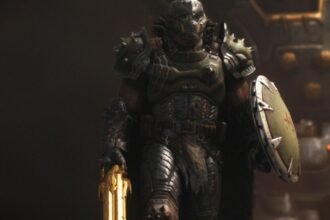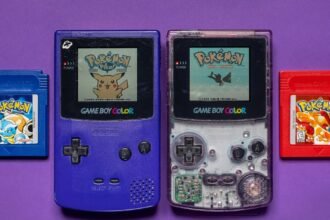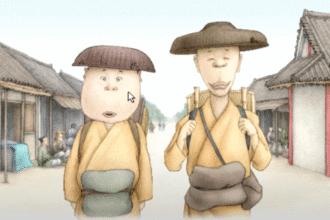With Tetsuya Nomura finally breaking a three-year silence to unveil new details about Kingdom Hearts 4, it’s the perfect opportunity to revisit one of the series’ most iconic elements: the Keyblade. This unique weapon has ignited debates about its classification—is it a sword? Should it be celebrated on Cool Sword Day? Or is it merely a massive key-shaped club? Regardless of how one defines it, the Keyblade stands as one of the most innovative one-handed fictional weapons, alongside the lightsaber. Its striking design and integral role in the lore make it not just a weapon, but a symbol of the wielder’s alignment with light or darkness.
Though the Kingdom Key is the franchise’s most recognized blade, thanks to its omnipresence in marketing, no Keyblade has garnered as much fan loyalty as Oblivion. Close behind is Oathkeeper, which proudly claims the third spot. The designers at Square Enix clearly understand the affection fans have for these Keyblades, as each appears in every major title. However, Oblivion and Oathkeeper resonate even deeper with the core theme of Kingdom Hearts: the ongoing struggle between light and darkness. They’re not just visually stunning; they serve as narrative anchors, embodying the series’ emotional depth.
In the original Kingdom Hearts, most Keychains—items that alter the look and abilities of your Keyblade—are obtained through Disney-themed worlds. Typically, these worlds provide loose adaptations of their corresponding films, often feeling like standalone stories with little connection to the main narrative. However, Oathkeeper and Oblivion originate from Traverse Town and Hollow Bastion, respectively—both original worlds, rather than Disney-based ones. Furthermore, the significance of these Keychains is deeply tied to Sora, the protagonist; one is strongly associated with Kairi, his love interest, while the other connects to his complex relationship with Riku.
Kairi gifts Sora the Oathkeeper after he rescues her from her slumber, bringing her to Traverse Town for safety. She entrusts him with her “lucky charm,” a token symbolizing their promise to reunite. This charm resembles a Paopu Fruit from their home, Destiny Island, believed to bind the fates of those who share it. Conversely, Oblivion is discovered in a chest in Hollow Bastion, just moments before Sora’s climactic showdown with Riku—a scene that echoes their earlier playful sparring match.
The dynamic between Oathkeeper and Oblivion is a classic yin-and-yang representation, evident in their acquisition methods and the characters they’re associated with, underscored by their contrasting black and white designs. Oblivion emphasizes strength, while Oathkeeper leans towards enhancing magic. Oathkeeper’s sleek appearance highlights elegance, while Oblivion evokes a sense of destruction. Together, they’re a perfect pair, akin to lamb and tuna fish.
The significance of Oathkeeper and Oblivion is reinforced by their central role in the game’s secret ending, “Deep Dive / Another Side, Another Story.” The scene features a hooded figure wielding both Keyblades in a confrontation with a mysterious silver-haired character, who ultimately takes Oblivion for himself. At the time, players were unaware that the hooded figure was Roxas, another incarnation of Sora, with Riku as the silver-haired opponent. This enigmatic ending initially left fans questioning its implications, but it established a profound connection between the hooded figure, Sora, Riku, and









